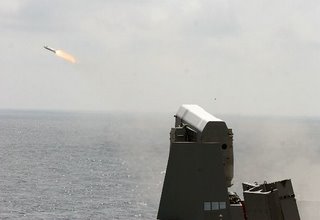
Dec. 4, 1965, NASA launched Gemini VII. With this mission, NASA successfully completed its first rendezvous of two spacecraft. This photograph, taken by Gemini VII crewmembers Frank Lovell and Frank Borman, shows Gemini VI in orbit 160 miles (257 km) above Earth. The main purpose of Gemini VI, crewed by astronauts Walter Schirra and Thomas Stafford, was the rendezvous with Gemini VII. The main purpose of Gemini VII, on the other hand, was studying the long-term effects of long-duration (up to 14 days) space flight on a two-man crew. The pair also carried out 20 experiments, including medical tests. Although the principal objectives of both missions differed, they were both carried out so that NASA could master the technical challenges of getting into and working in space.










